Year 1 Teaching & Learning
Term 2 2025
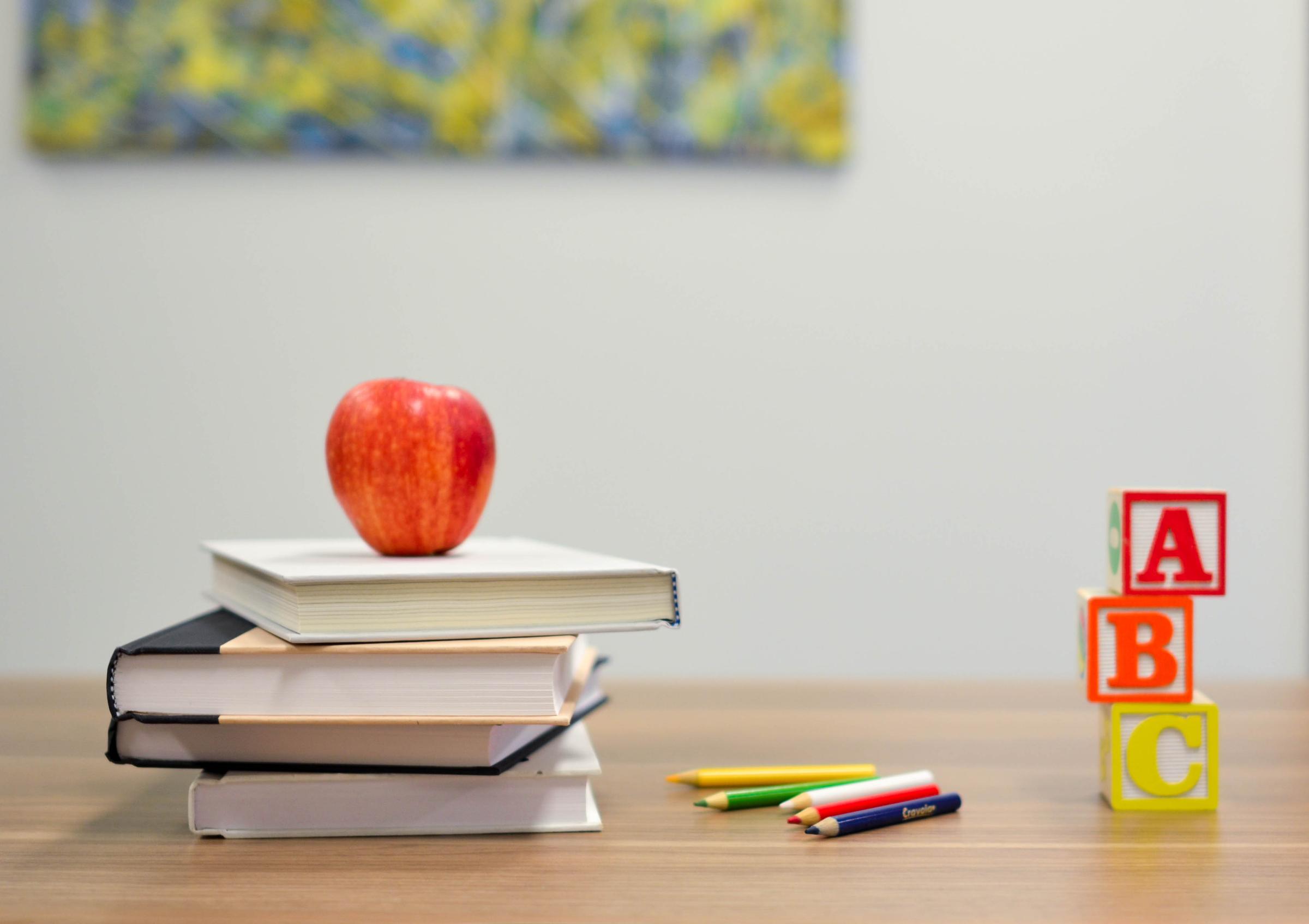
Year 1 Teaching & Learning
Term 2 2025
This term, teachers will begin using InitiaLit in classes to teach reading. InitiaLit has been developed by MultiLit, a research-based initiative of Macquarie University. The program teaches students how to read and spell through daily lessons, using research-based teaching methods.
InitiaLit teaches students that words are made up of sounds and that those sounds are represented by letters. Unlike learning to talk, which students do without formal instruction, students need to be directly taught the relationship between sounds and letters. An InitiaLit lesson will take place at least four times a week. The first 25 minutes are spent on the mat where the students are introduced to new letters and sounds or a grammatical concept in a set order. They will do a number of targeted activities to practise reading and spelling words with the new sound during this whole-class session. After the lesson on the mat, the teacher will work with different groups of students to help them read words, sentences and stories using all the sounds and letters they have been taught.
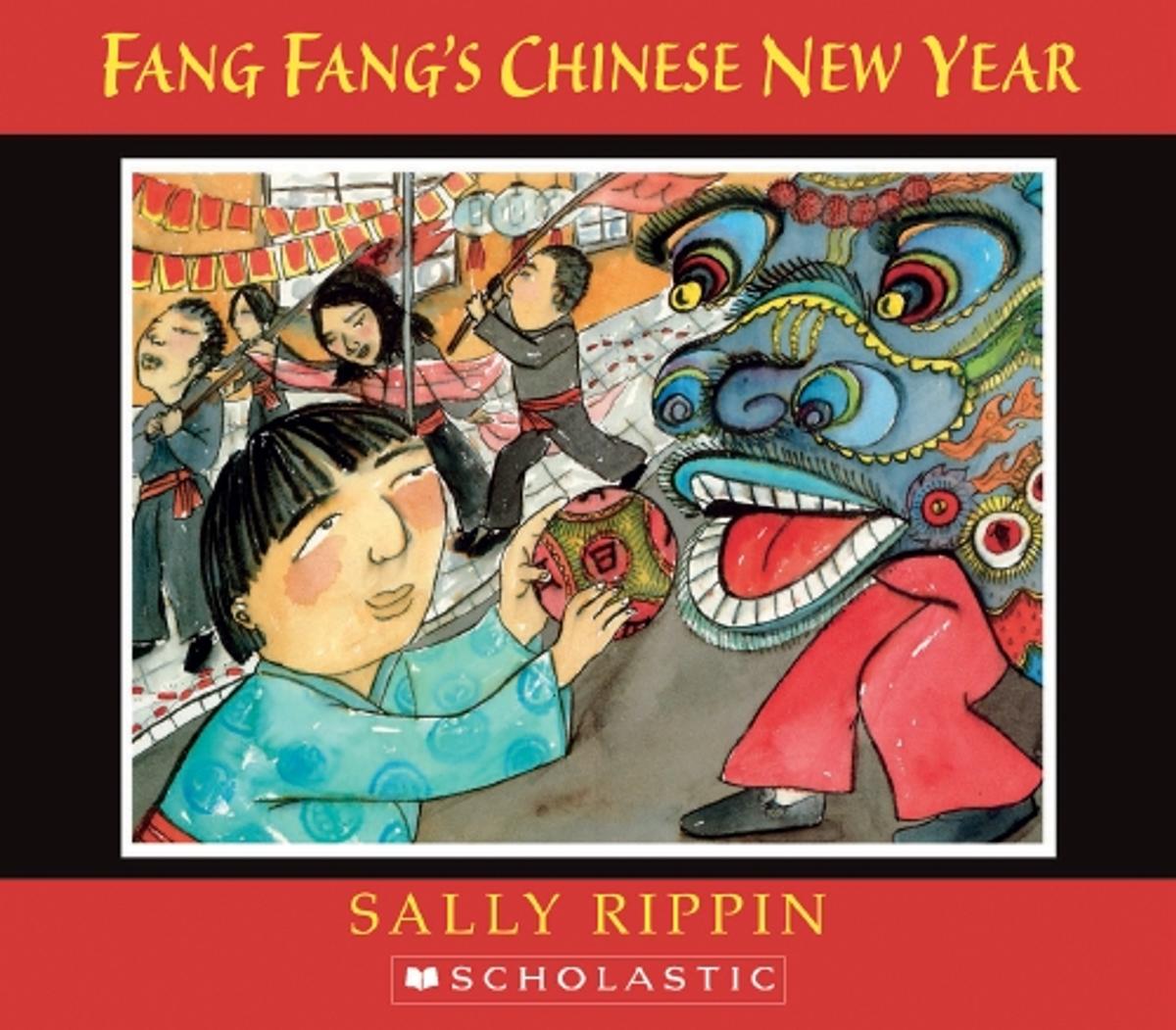
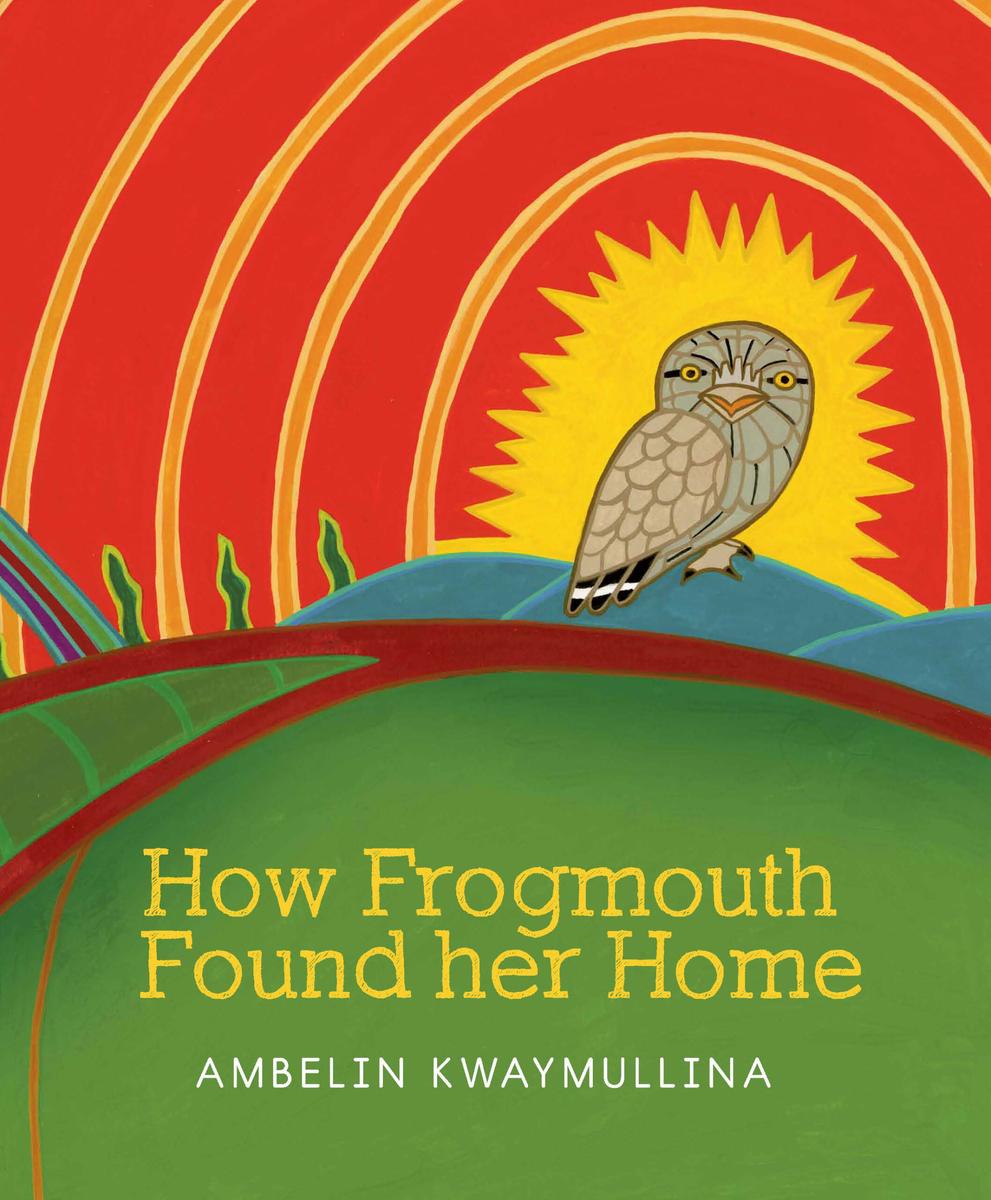
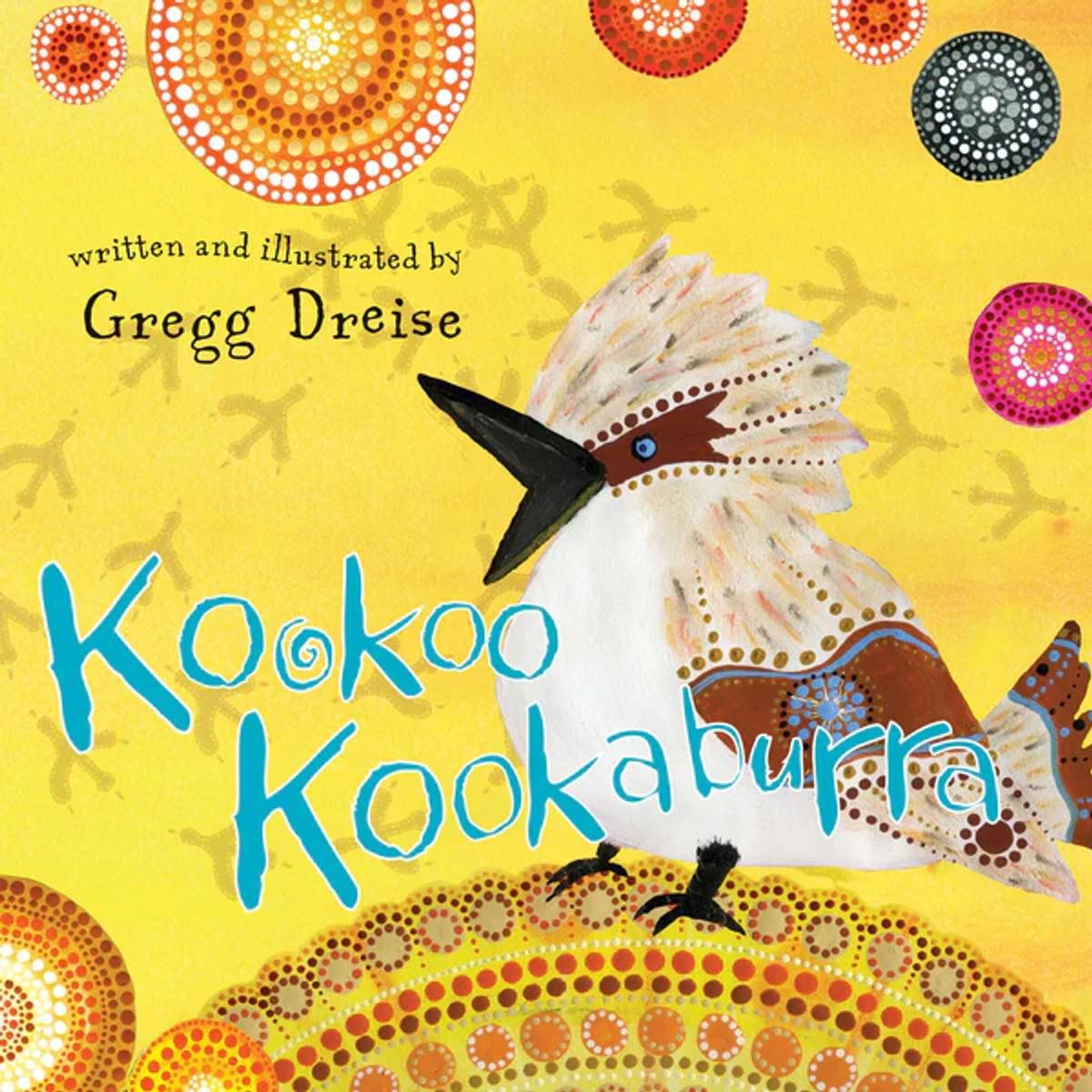
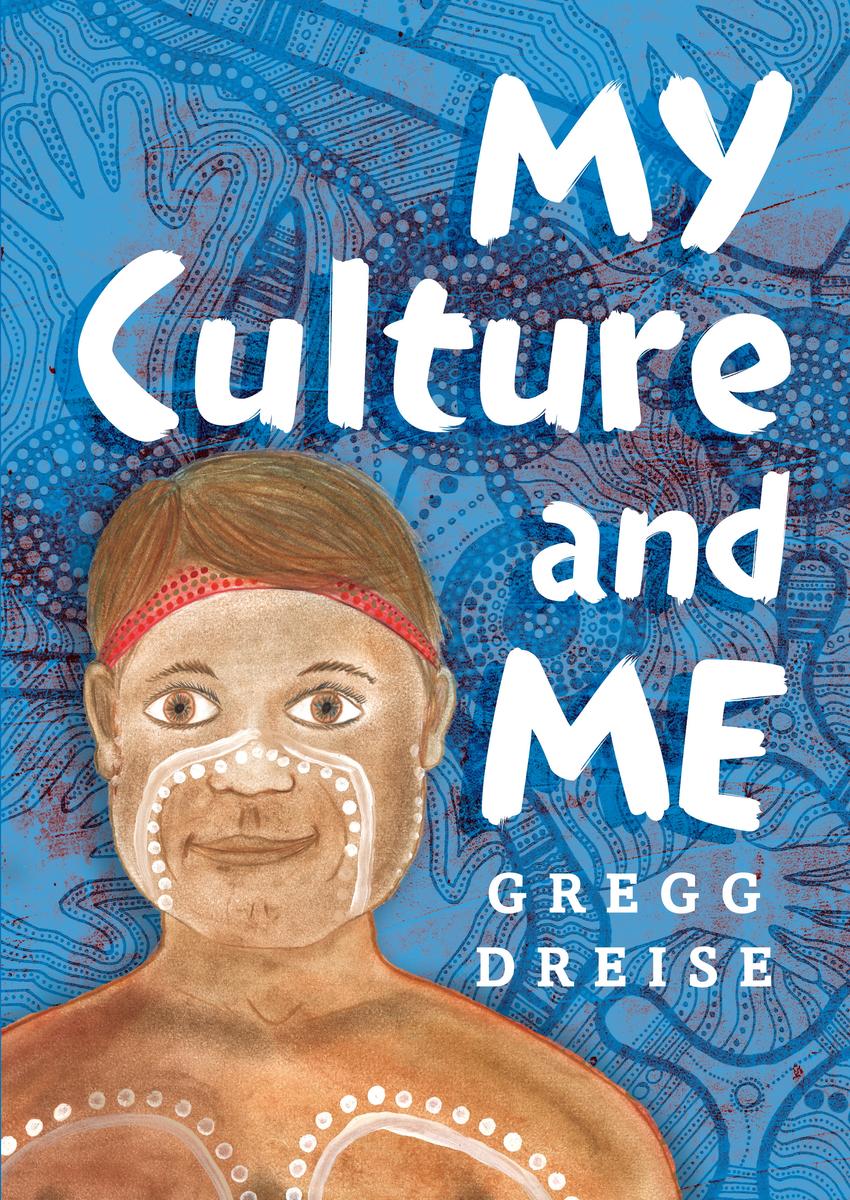




InitiaLit also uses a range of engaging storybooks to develop student's vocabulary and oral language. Students will enjoy a quality storybook over four teaching sessions. They will learn three new vocabulary words per book and do fun activities to help them understand when and how to use those words. They will also discuss the themes surrounding the book and think about how the story relates to their own world. These sessions will provide opportunities for students to use new words, express their thoughts clearly writing full sentences, improve their listening comprehension and develop a love of literature.
This term, our writing unit will also students to focus on developing their informative writing skills learning the key features of informative texts. They will explore how to create clear and structured information reports, as well as visually appealing posters that effectively communicate information to their audience.
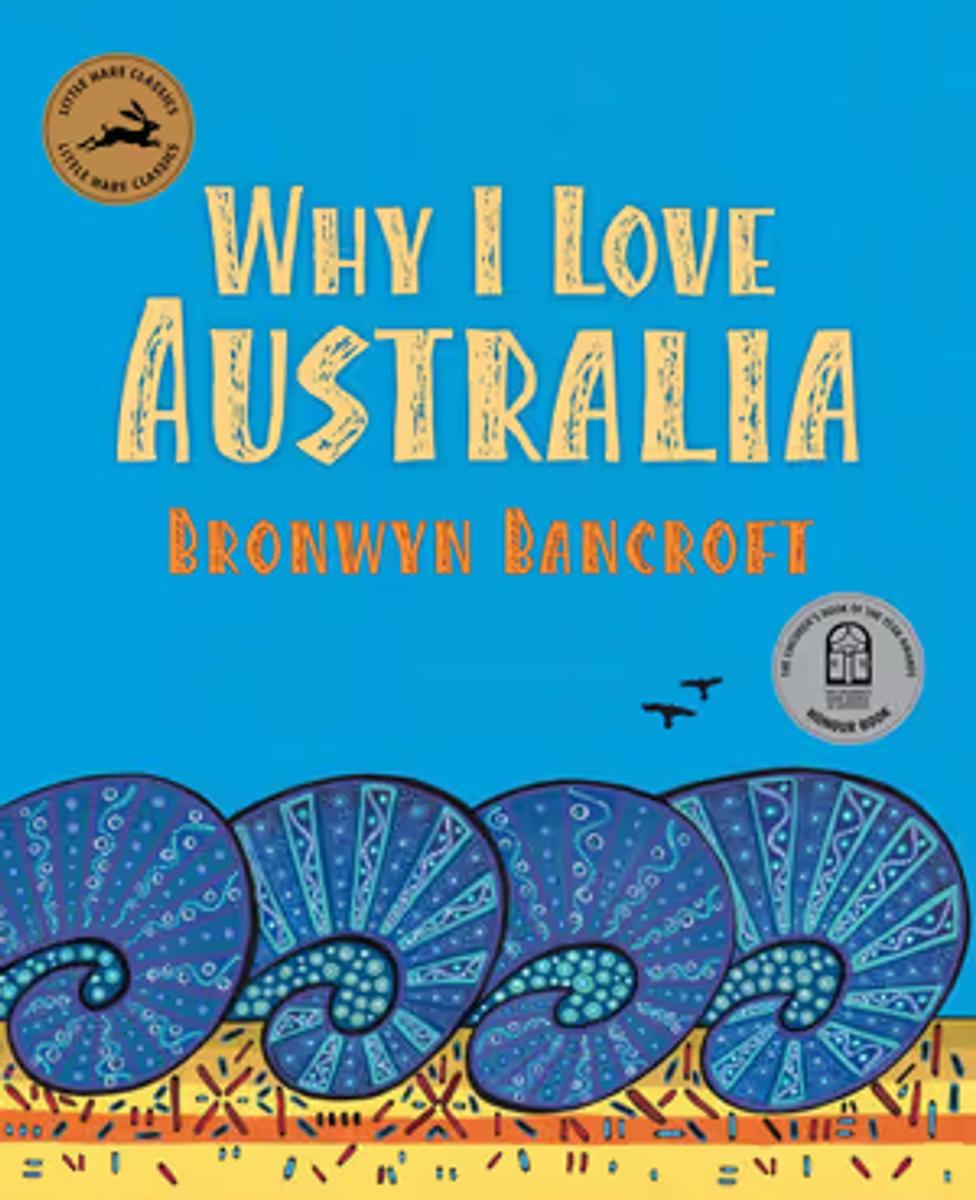
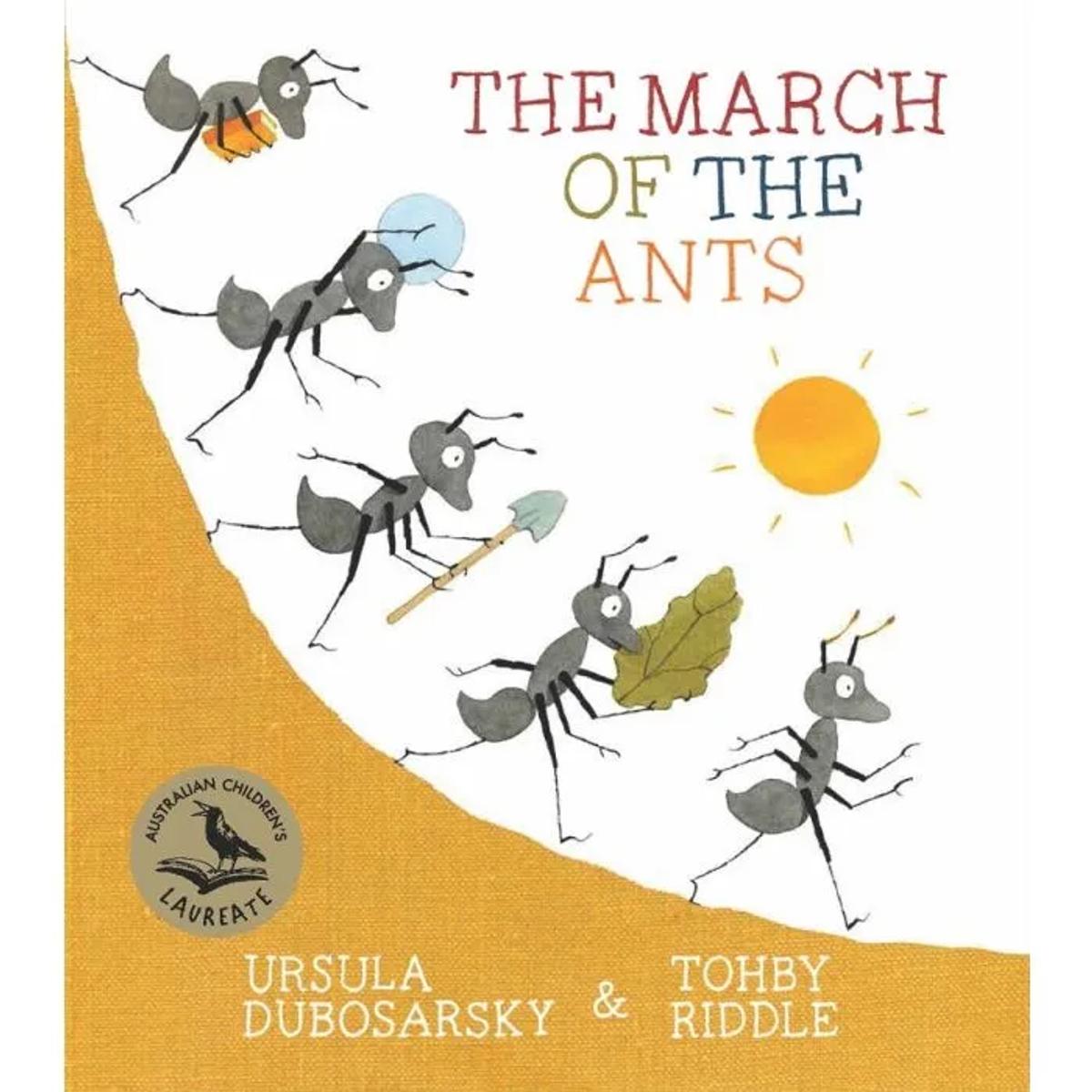
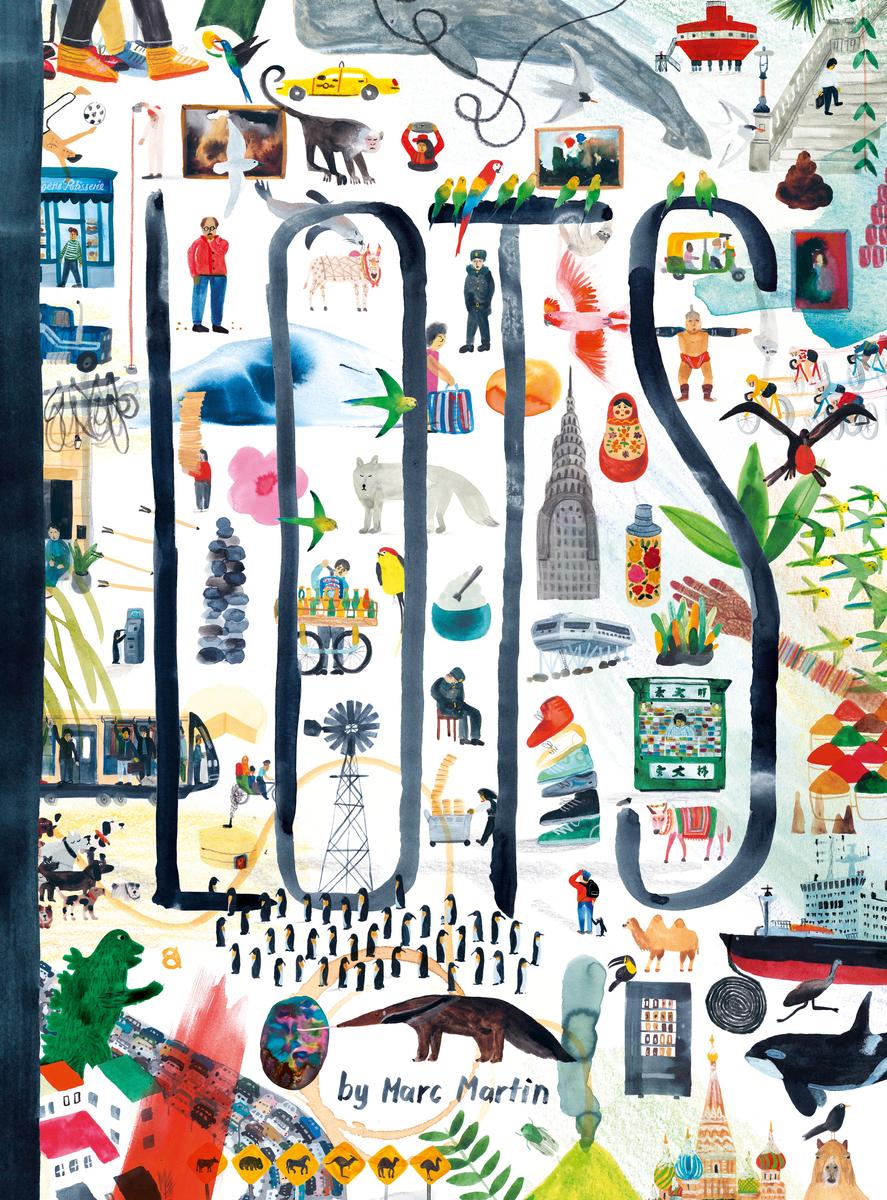



Using the inspiring book Why I Love Australia, students will gather ideas and facts to express their thoughts about our country. They will learn how to research and take notes to support their organisation of information logically, use headings, and incorporate relevant images to enhance their reports.
Additionally, students will have the opportunity to design posters that highlight important information in a creative way, making use of layout, visuals, and concise text to capture their readers' attention. Through collaborative activities and guided practice, they will refine their ability to convey ideas clearly and effectively, ensuring their writing is not only informative but also engaging.
By the end of this unit, students will have a strong understanding of the features of informative texts and will be empowered to share their knowledge through various formats!
In a separate but equally exciting unit, students will explore the English textual concepts of connotation, imagery, and representation. They will analyse the books March of the Ants and Lots to see how authors use language to create meaning and evoke emotions. Through discussions and activities, students will deepen their understanding of how these concepts enhance their reading experience and influence their interpretations of texts.
Together, these units will foster both writing skills and critical thinking, helping our young learners become more effective communicators and thoughtful readers!
This term, we will explore a variety of mathematical concepts. Our lessons are designed to combine explicit teaching with independent activities tailored to each student's needs, ensuring challenging and engaging learning experiences. Each lesson will include explicit instruction to ensure clear understanding, followed by differentiated independent activities for students to practice and consolidate their learning.
Weeks 2-4: Representing Whole Numbers and Non-Spatial Measure
In this cycle, students will learn about whole numbers by looking at groups of ten. They will practice counting objects by putting them into groups of ten and using number lines to find the nearest ten. Students will also learn how to estimate how many objects there are and check their guesses by counting.
For time, students will name the months of the year and remember how many days are in each month. They will learn to read the time on analog clocks to the half-hour and describe the clock hands’ positions. They will connect the times on the clock to real-life events.
In exploring mass, students will use balance scales to compare the weights of different objects. They will predict which objects will balance and find two groups of objects that weigh the same. They will also practice ordering objects by weight by hefting them and checking with a balance.
Weeks 5-7: Combining and Separating Quantities, Data and Chance
In this cycle, students will learn to recognise and remember number pairs that add up to ten. They will practice finding different pairs of numbers that make ten and explore all the combinations for numbers up to ten. Students will use simple words like "more than," "less than," and "double" to talk about these combinations. Students will work with two-digit numbers by adding and subtracting to make multiples of ten. They will use empty number lines to help them solve problems by breaking numbers into tens and ones when adding.
Students will ask questions and gather data about topics they find interesting. They will use methods like tally marks and symbols to keep track of their data. Students will create simple charts using objects or drawings and describe what they see using words like "more than" and "less than." They will also learn to look at these charts to find the biggest or smallest amounts.
Students will explore chance by identifying possible outcomes of familiar activities and events. They will describe how likely these outcomes are to happen, helping them understand probability in real life.
Weeks 8-10: Forming Groups and Three-Dimensional Spatial Structure
In this cycle, students will explore multiplication and division through grouping and sharing a collection of items. They will practice recording their answers with drawings, words, and numbers, even when there’s a remainder left over.
Students will explore volume by packing containers with blocks, making sure there are no gaps. They will discover that cubes fit better in rectangular containers than other shapes. Students will also estimate and measure the volume of containers by filling them with uniform items and counting how many fit inside. They will learn that gaps can affect how accurately they measure volume.
Students will learn to identify and name familiar three-dimensional objects like cubes, cylinders, spheres, and rectangular prisms. They will use the term "three-dimensional" to describe these objects and learn the difference between 3D objects and flat, two-dimensional shapes.
In geography, students will explore the features of different places and the activities that occur there. They will learn to identify and describe important characteristics of natural and man-made environments. Students will discuss ways to care for these places and understand how their actions impact the environment. They will also investigate how different spaces within a place can serve various purposes. Through technology, hands-on activities, and discussions, students will discover why certain activities are located in specific areas. This exploration will help them understand how the arrangement of spaces affects the community and how careful planning can improve our environment.
In science, students will explore the external features of living things and how they change as they grow. They will learn to classify various organisms based on their observable features and investigate what animals need to survive and how their bodies adapt to their environments. By examining different habitats, students will compare how animals thrive in various spaces. Using technology, they will observe and collect data about their school environment, identifying areas that support living things and those needing improvement. A visit to Taronga Zoo will enhance learning, allowing students to design an environment for a zoo animal that meets its needs. Through creative projects using materials, tools, and digital systems, students will develop solutions that help living things thrive in their local environment.
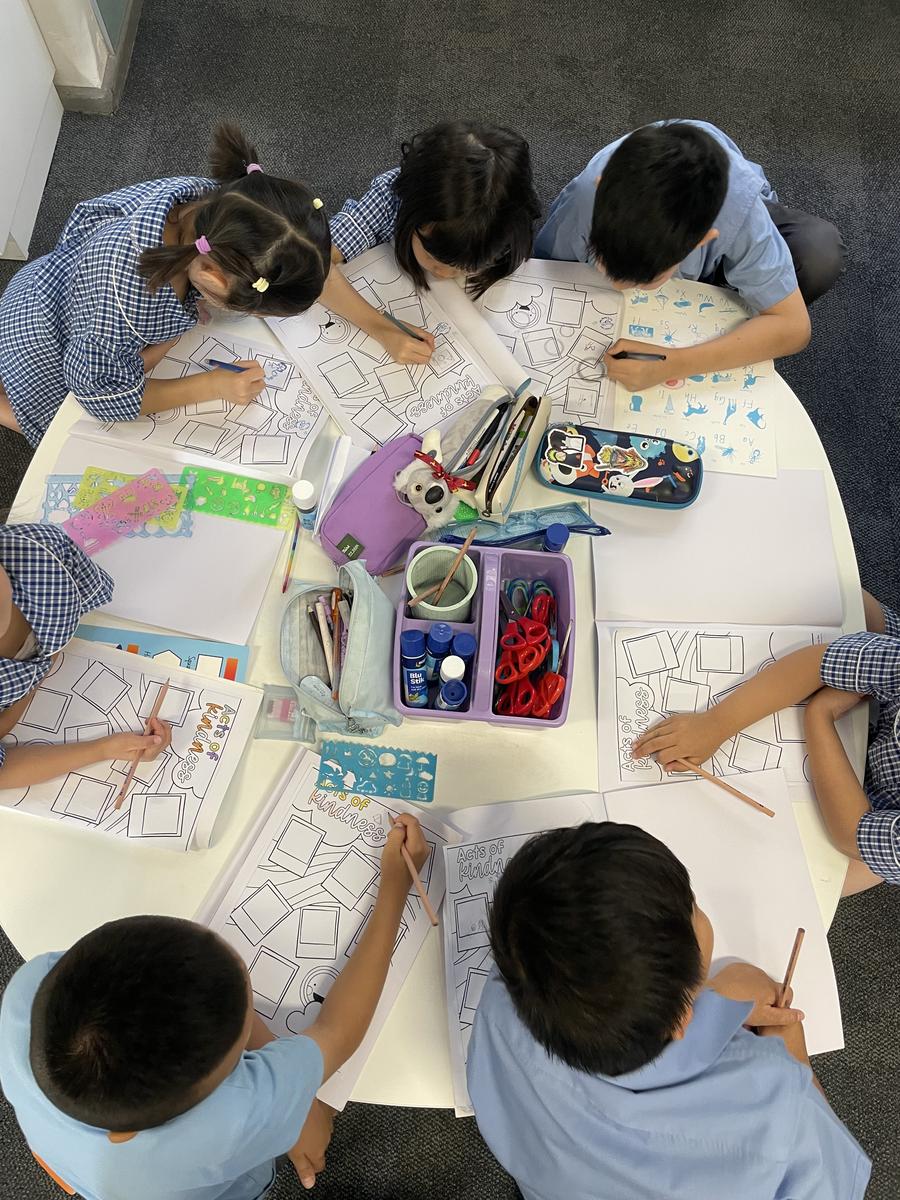

This term, our students will explore the "Strengths and Strategies for Safety" Child Protection unit where students will learn important concepts about personal safety and well-being. They will explore their strengths and how to use them to stay safe in various situations. Through engaging activities and discussions, students will identify safe and unsafe situations and understand the importance of trusting their feelings.
The unit will also teach students strategies for asking for help and communicating effectively with trusted adults. They will learn about setting personal boundaries and how to recognise safe environments. By building their confidence and knowledge, students will be better equipped to make safe choices and protect themselves.
This unit aims to empower students with the skills they need to navigate their world safely and confidently.
In PE, students will participate in a wide variety of movement challenges and games to further develop fundamental and creative movement skills through SISA lessons. They will experiment with and integrate the skills of galloping, throwing, leaping, kicking and dodging.
In the Stage 1 Creative Arts curriculum for this semester, we will focus on several key areas to engage students:
Music: Students will explore various genres and multi-rhythms, including classical, contemporary, popular, and Aboriginal and Torres Strait Islander traditional and contemporary music, as well as folk music. This exploration will involve hands-on activities, theoretical discussions, and multimedia resources.
Dance: Students will engage in movement and self-expression through a variety of dance styles, including classical, contemporary, popular, as well as Aboriginal and Torres Strait Islander traditional and contemporary dance, and folk dance styles.
Singing: Students will develop their vocal skills and explore their tonal quality through a range of songs, including classical, contemporary, popular, and Aboriginal and Torres Strait Islander traditional or contemporary folk songs.
During Semester 1, the primary focus in Music, Dance, and Singing will be on "Appreciation." Students will have the opportunity to learn, develop, and apply analytical creative thinking skills. They will also learn how to provide structured feedback and develop critical and design thinking techniques within a set framework. Additionally, students will be encouraged to perform and reflect on their creative processes.
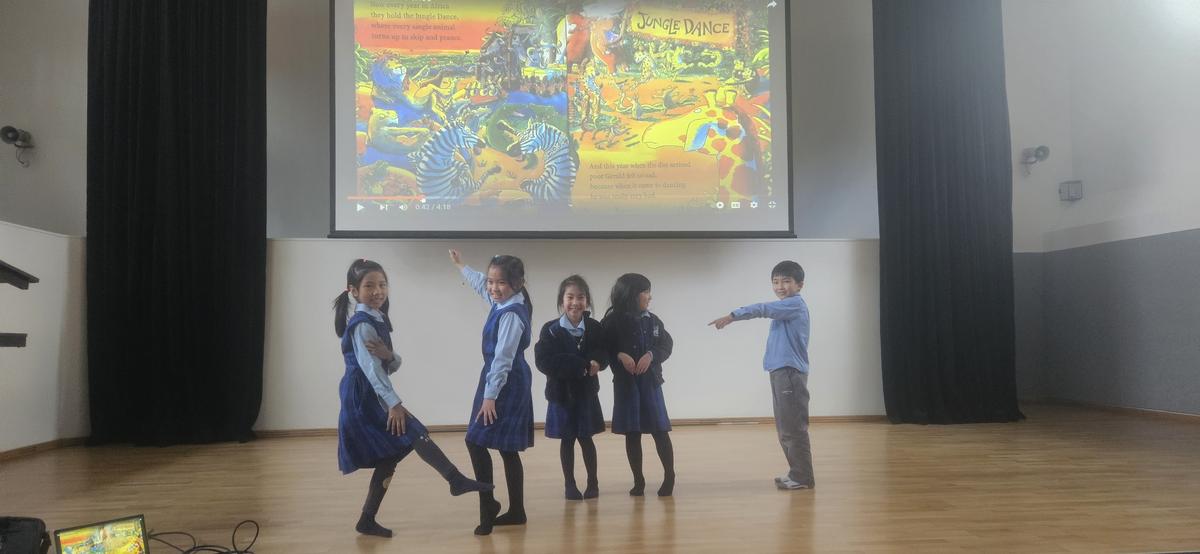
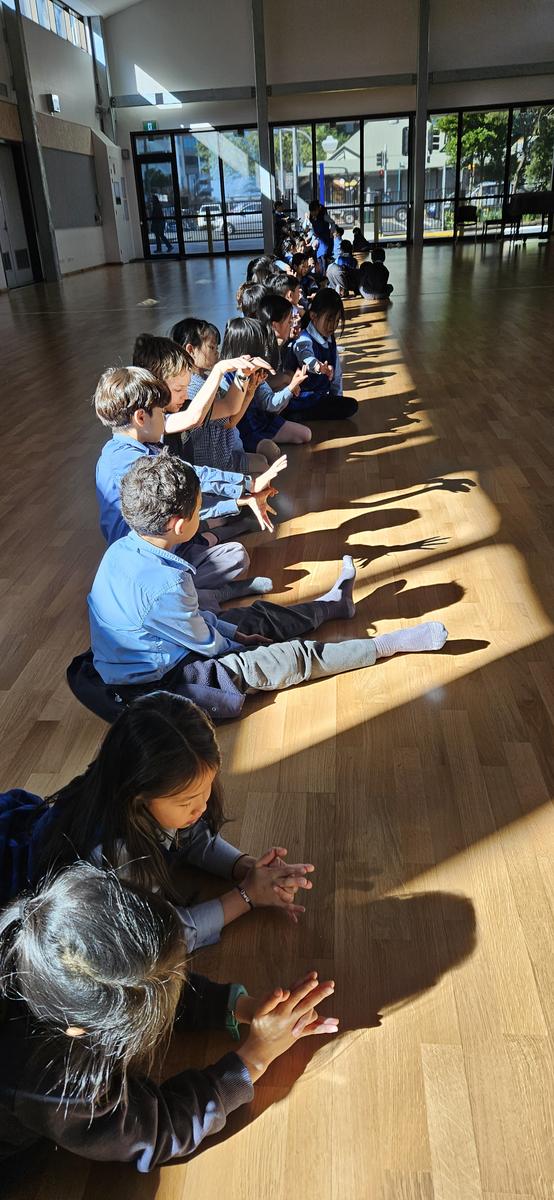
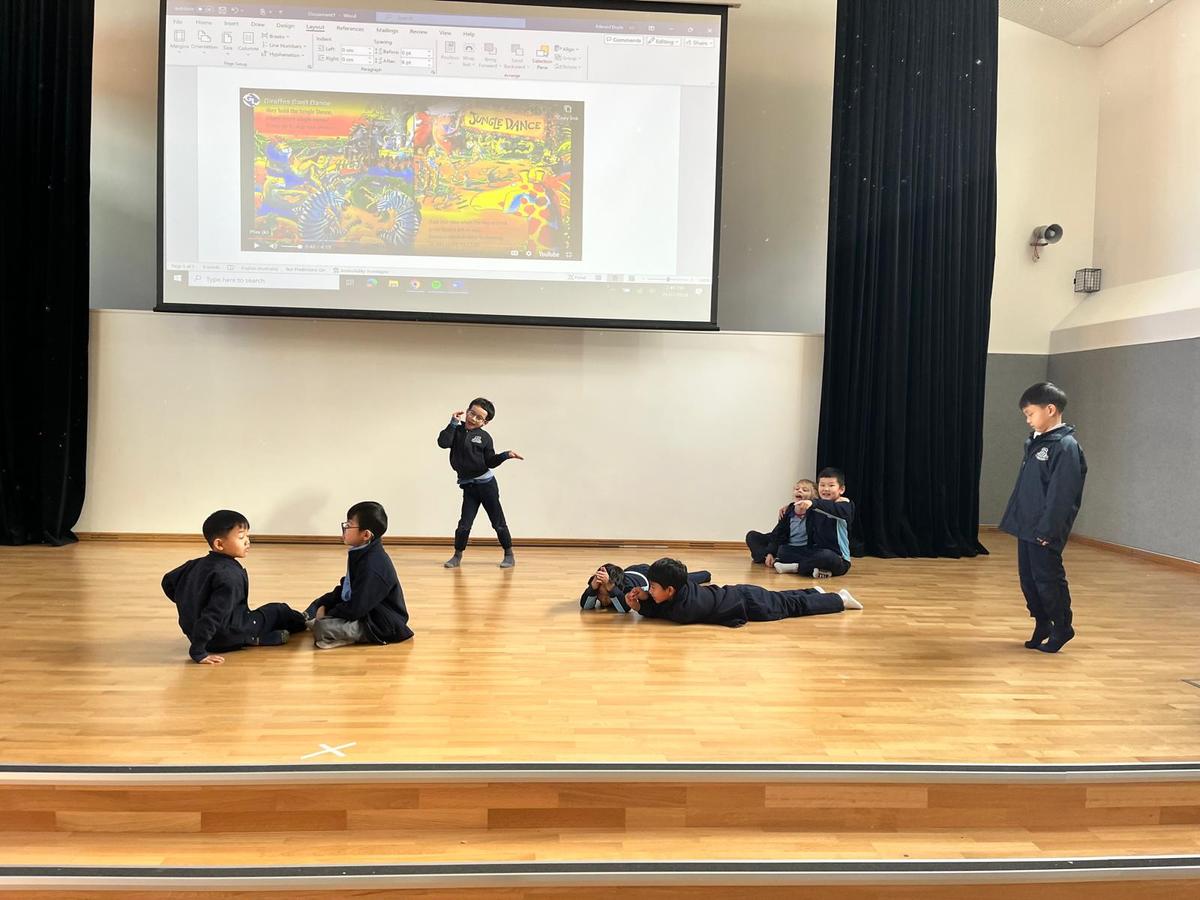



This term, our students will explore everything about pets in Mandarin lessons! They will learn to name various pets in Mandarin and compare popular pets in China and Australia. Students will also learn to label pets using Chinese characters and Pinyin. For those with prior knowledge, they will be expanding their skills by creating longer sentences to describe pets using colours and adjectives.
We invite all parents to celebrate the Dragon Boat Festival with us in Week 8. It's a wonderful opportunity to see what our students have learned and to come together as a community!
This term, students will continue learning Korean through the geography program. They will explore phrases aligned with man-made and natural environments, supported by Ms Sara Huang. Students will also continue to build upon their daily use of Korean through interacting, creating and understanding texts in Korean.
This term, students will participate in InitiaLit Storybook lessons during library time. The books will provide opportunities for students to learn and use new words, improve their listening comprehension and develop a love of literature.
Students may borrow up to two books a week in Stage 1 and can borrow from junior fiction, fast fiction, and junior non-fiction. All students must have a library bag to borrow books. A library bag is any kind of protective bag that covers the books to and from school so please no disposable paper or plastic bags. Students may loan books from the library for two weeks at a time.
Throughout the term students working on all phases of English as an Additional Language or Dialect, will continue to be supported in their classroom by specialist teachers and classroom teachers. Each program of learning content provides differentiated instruction and activities for all students to achieve progress in their learning.